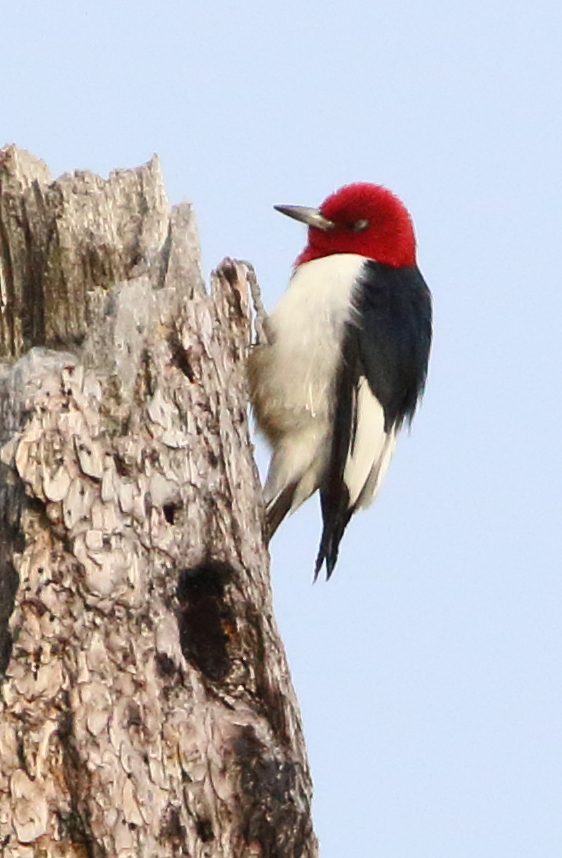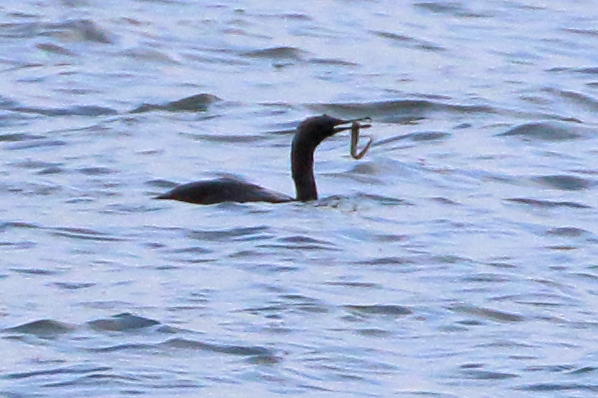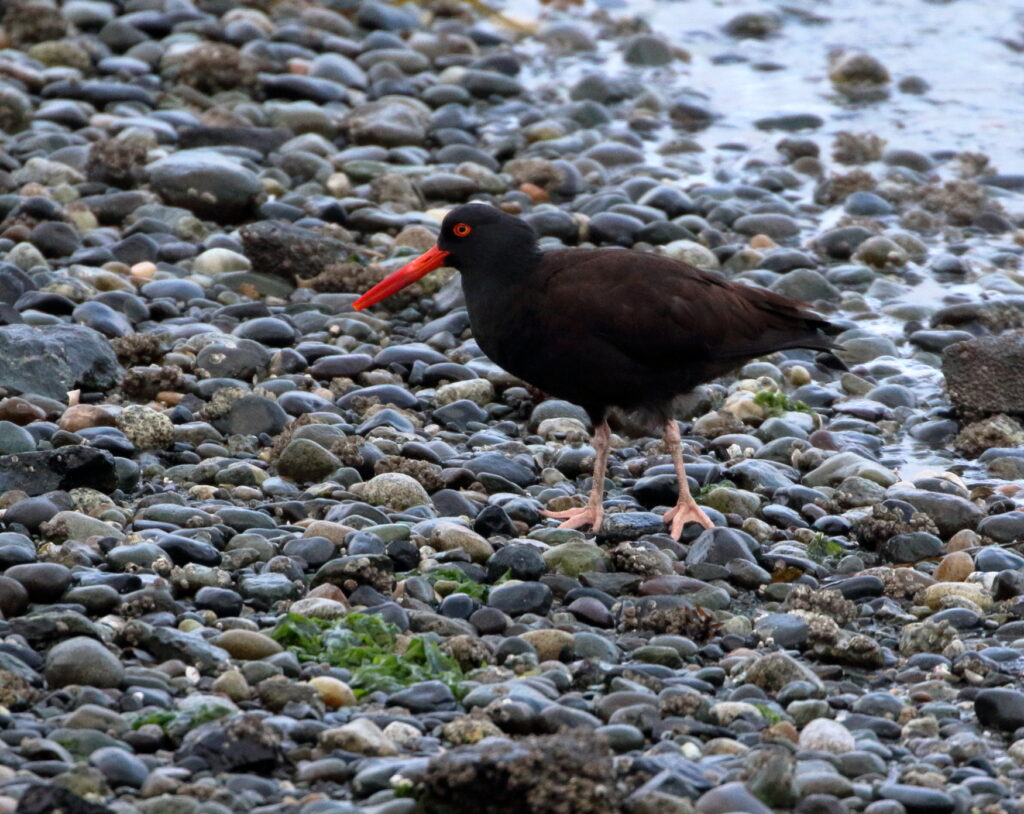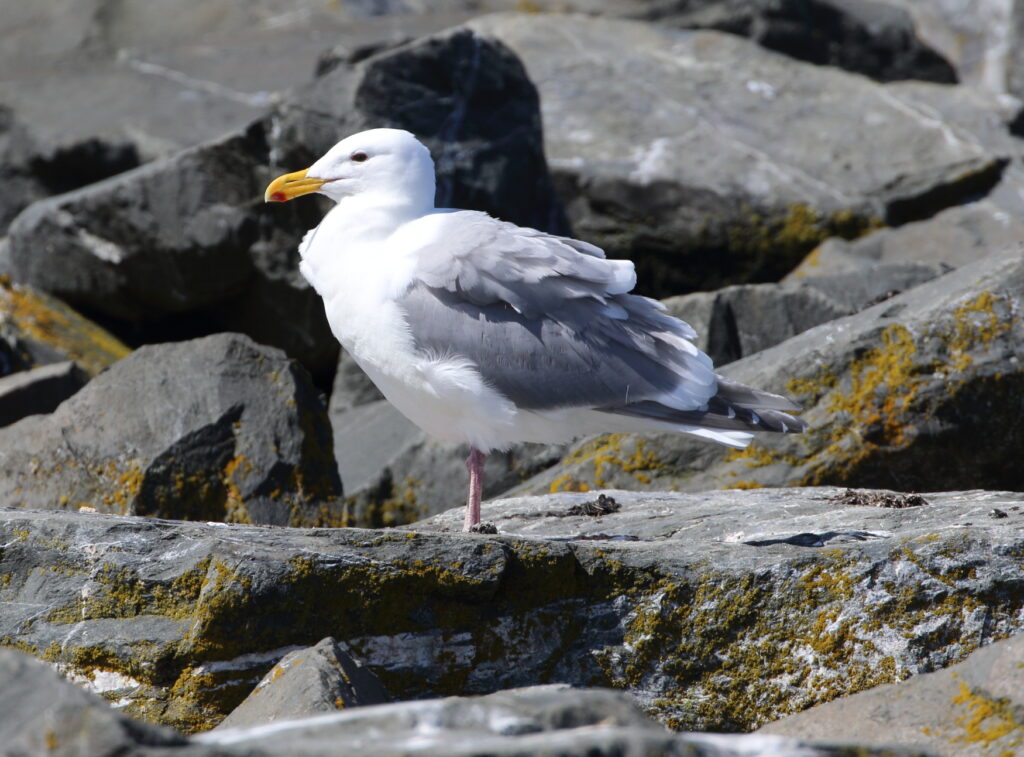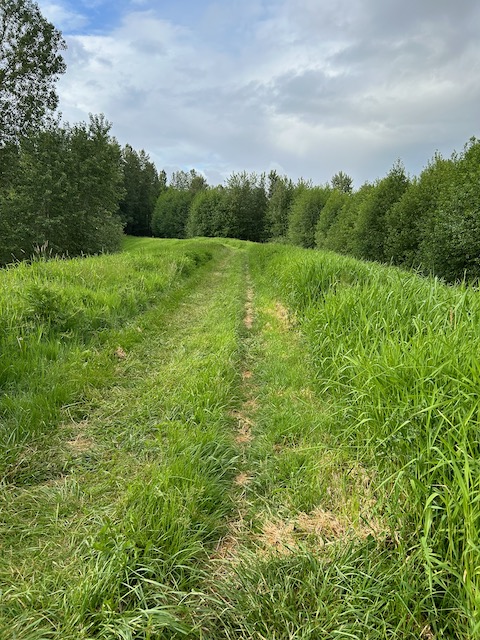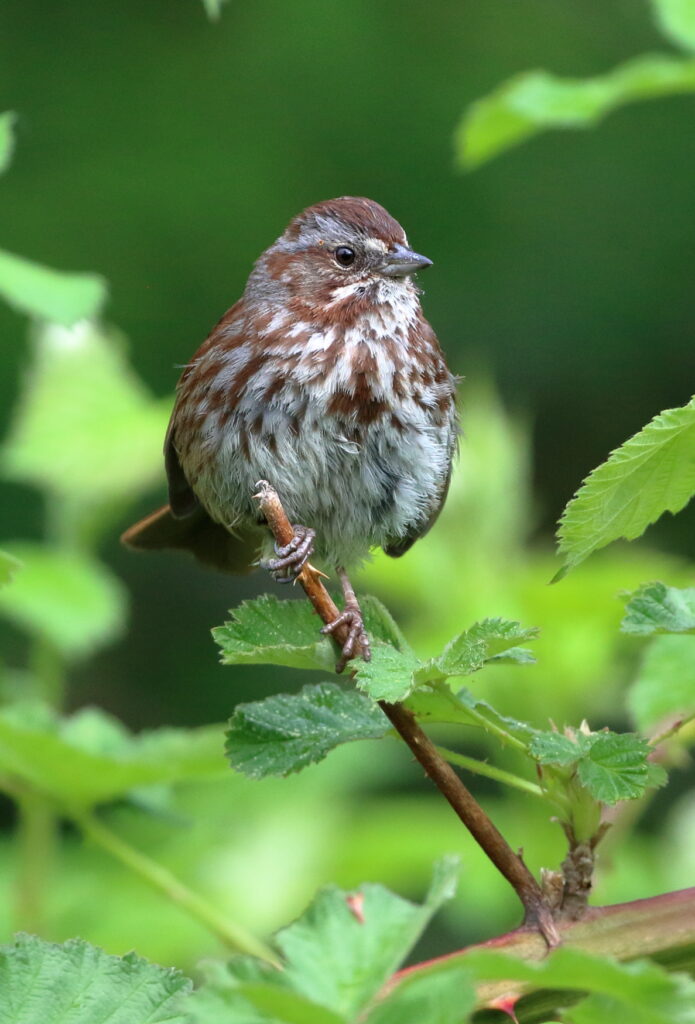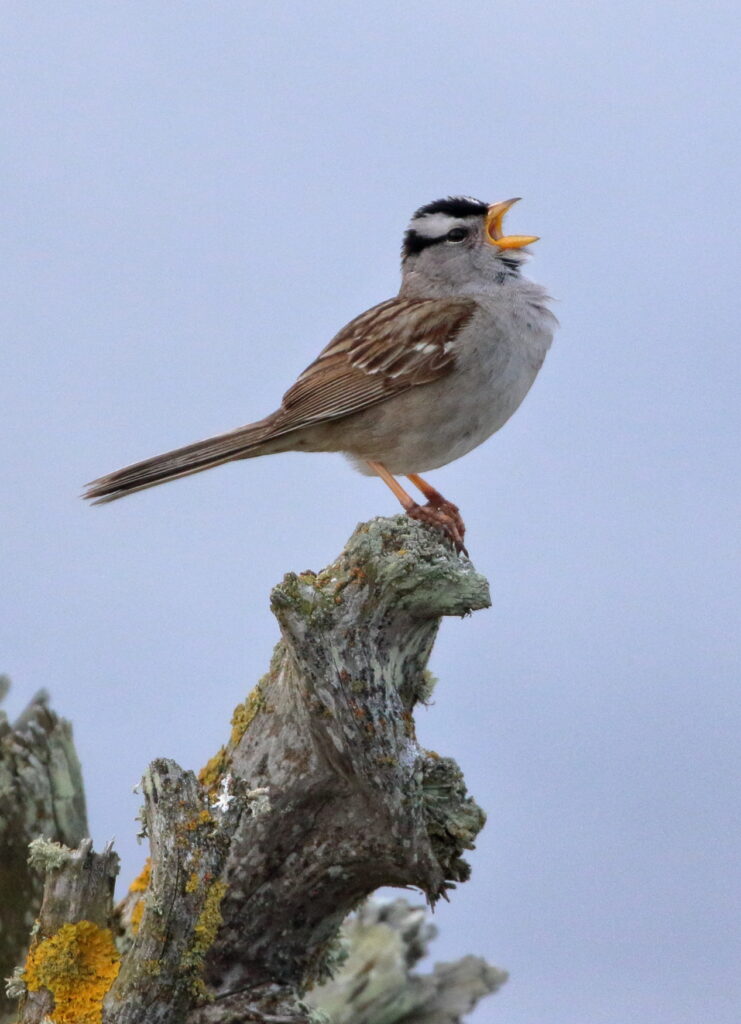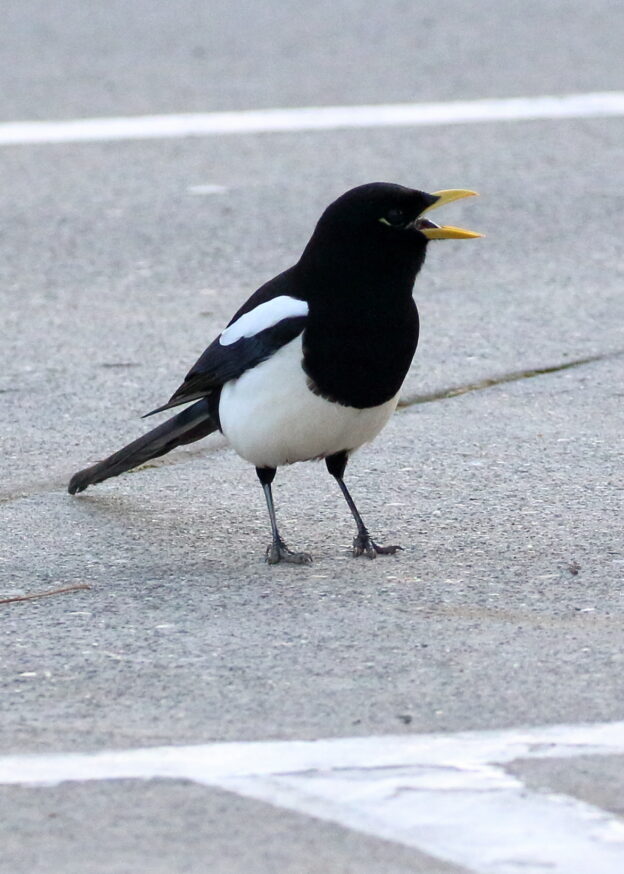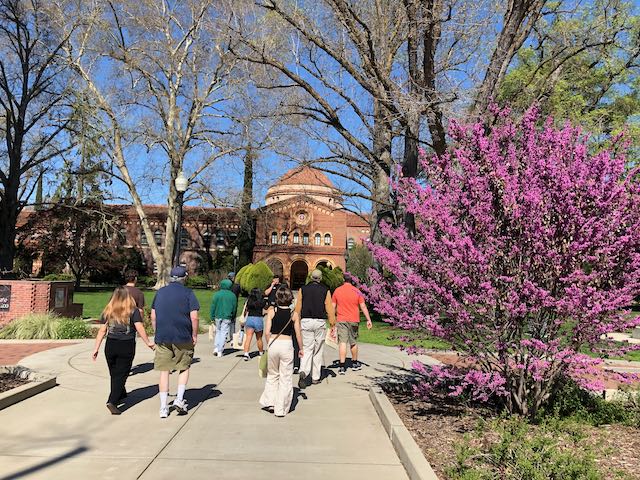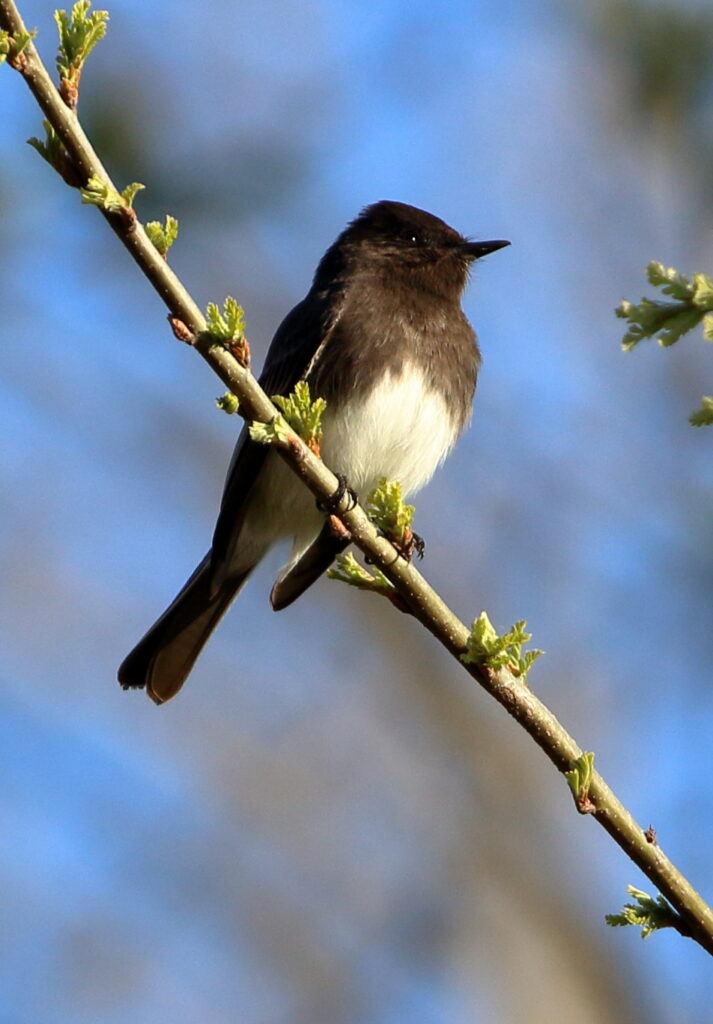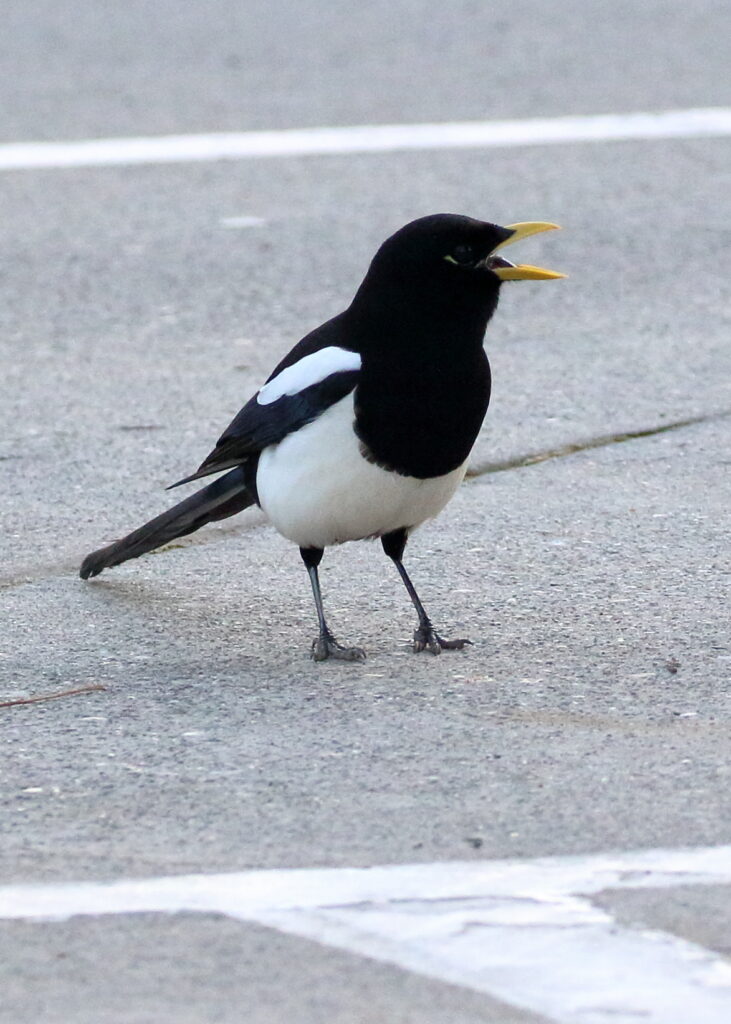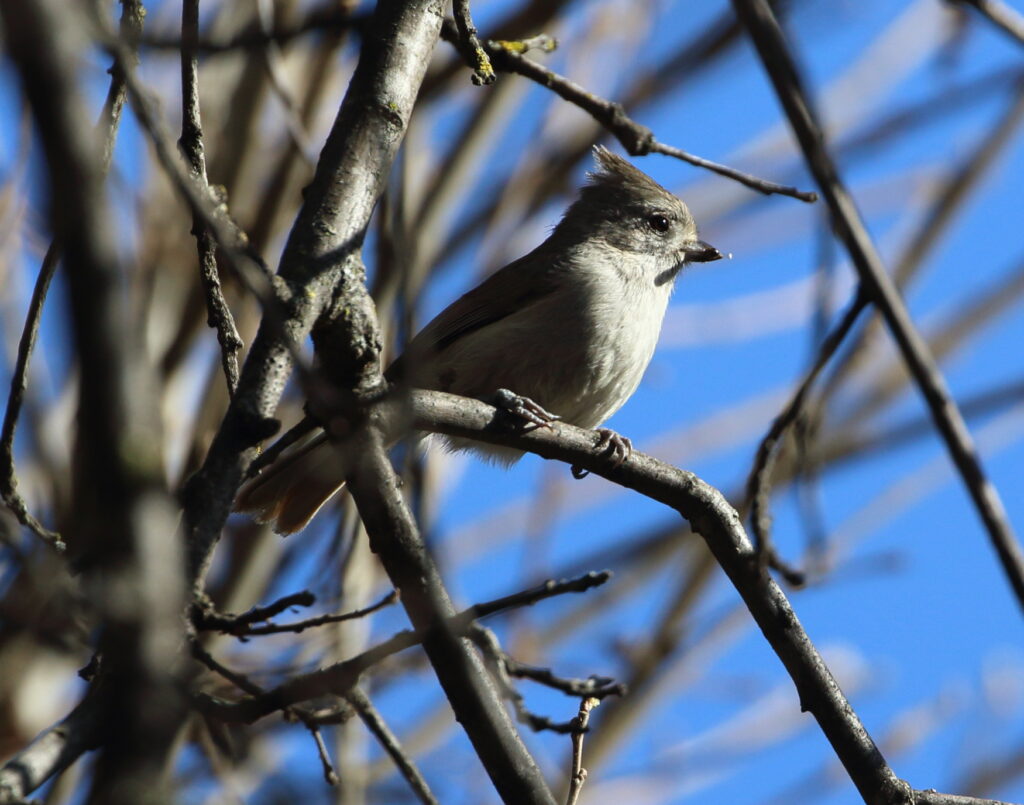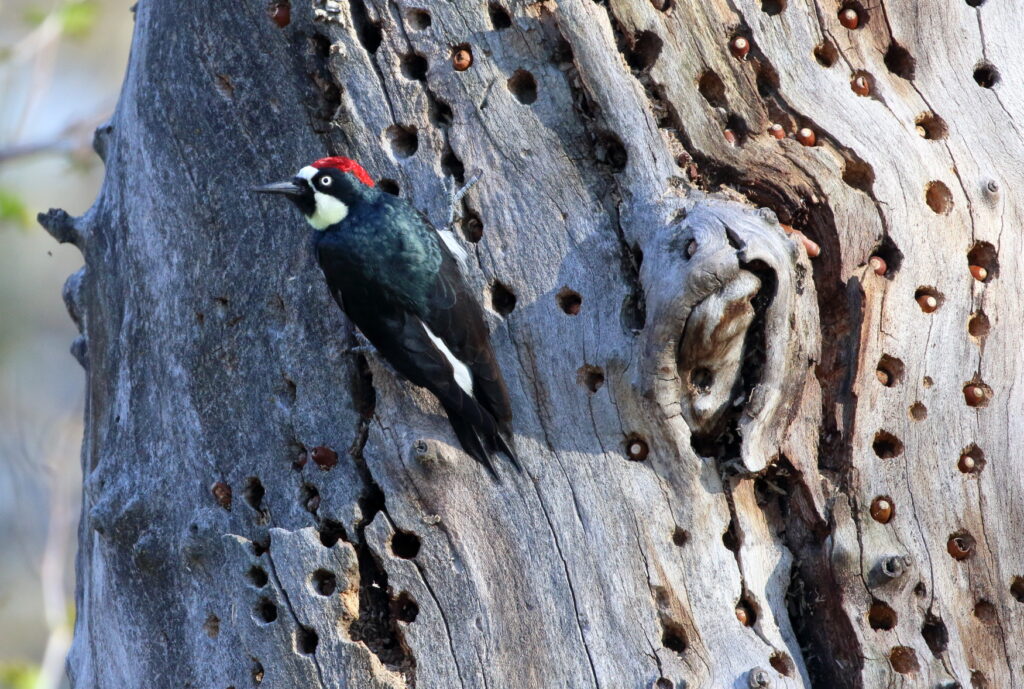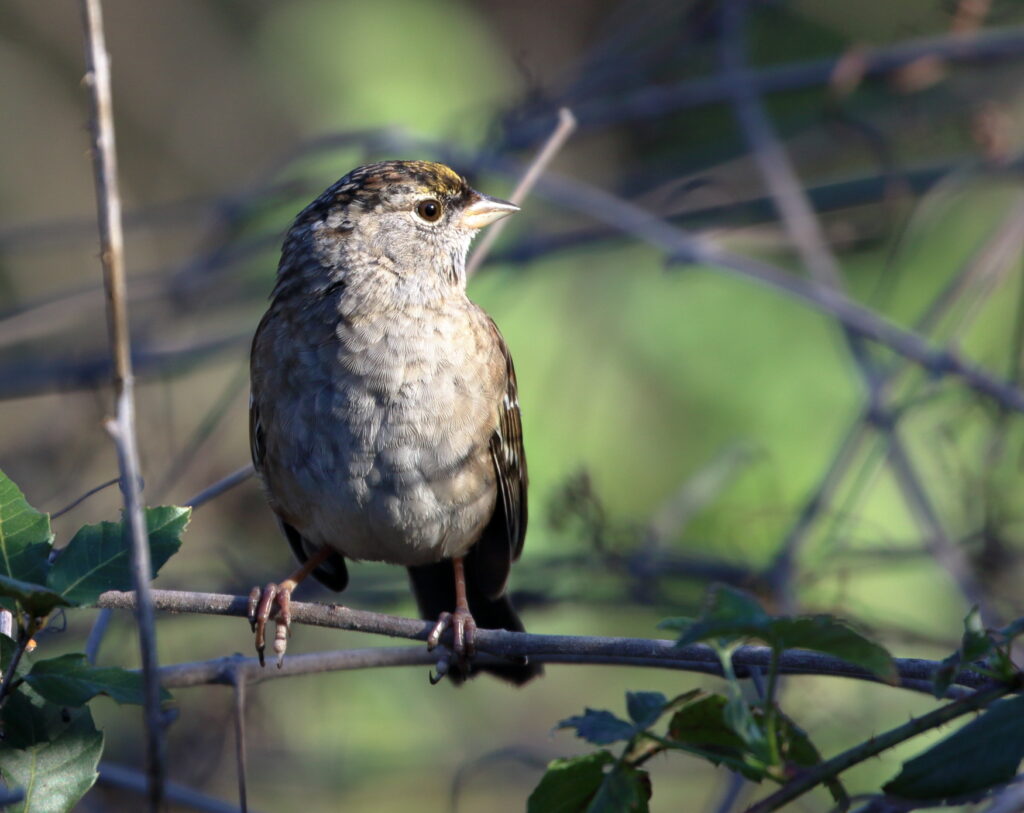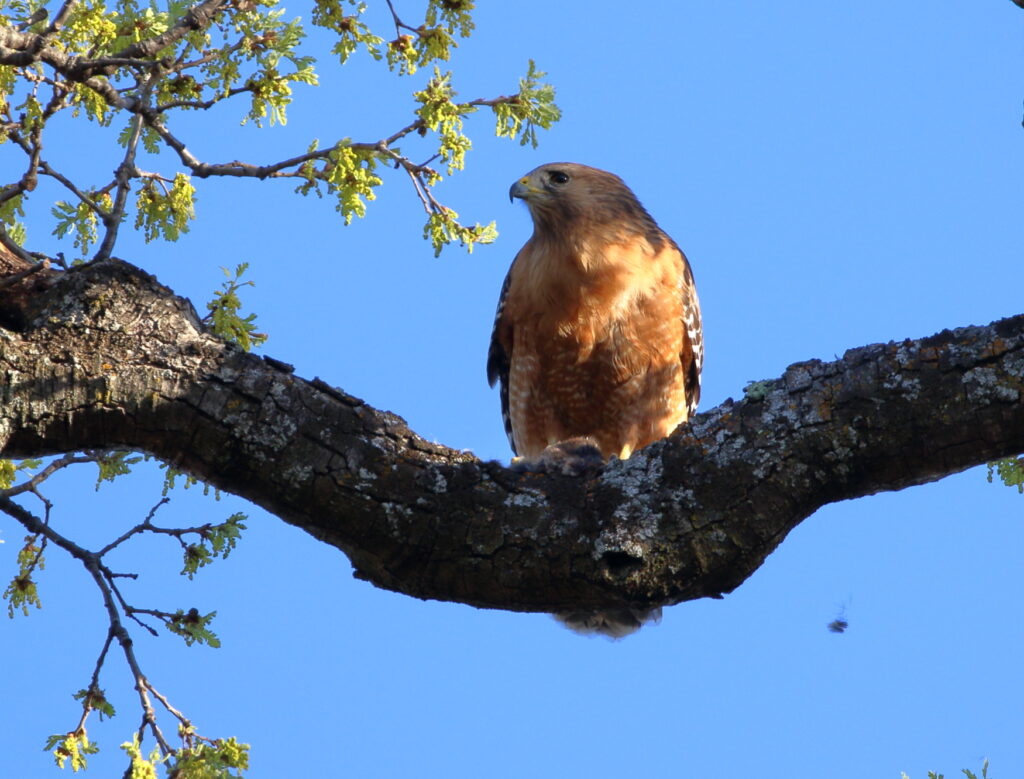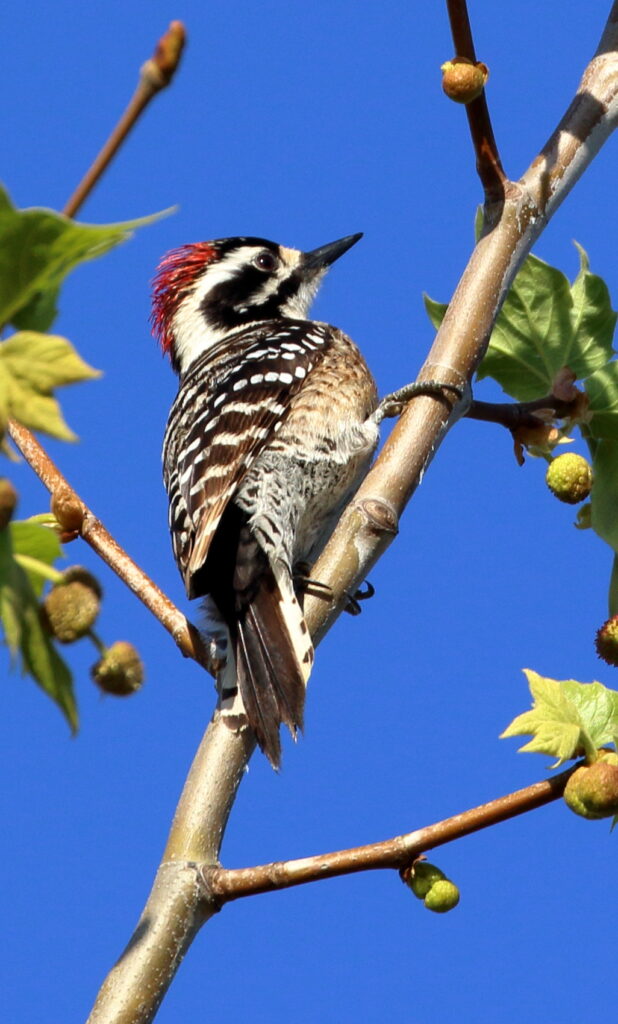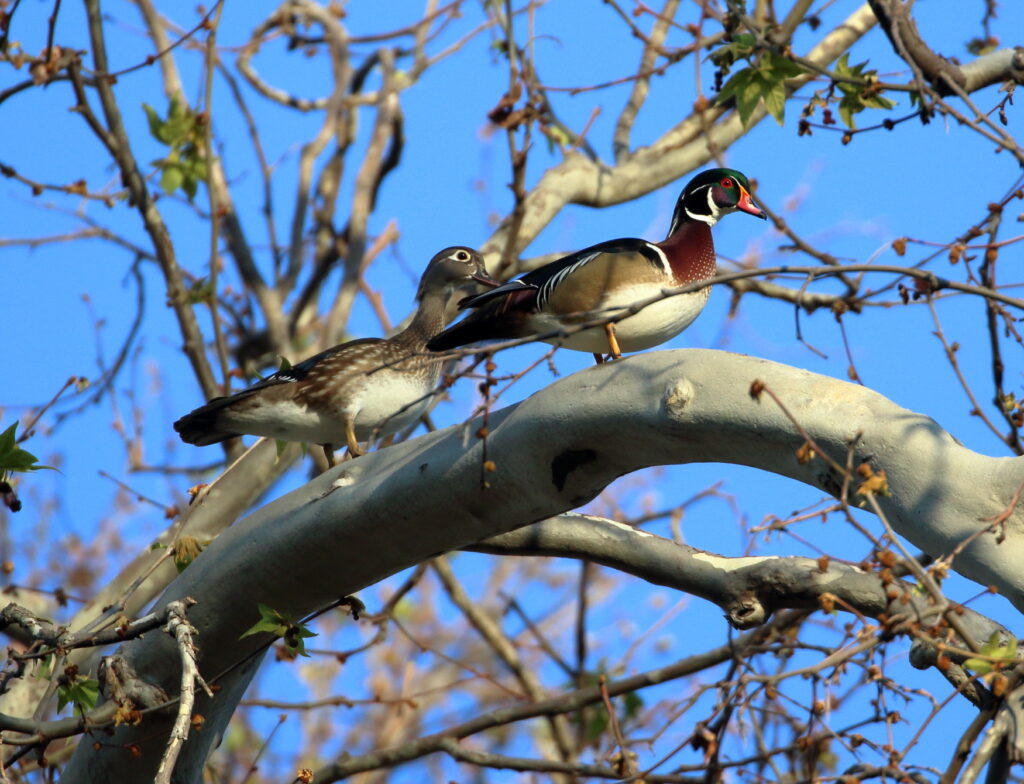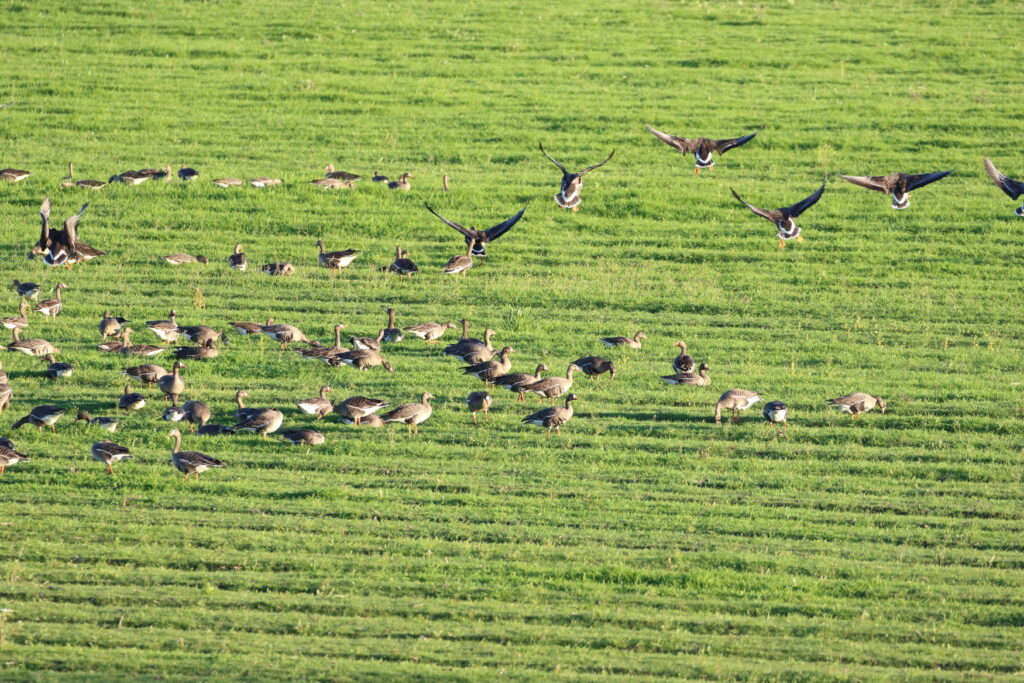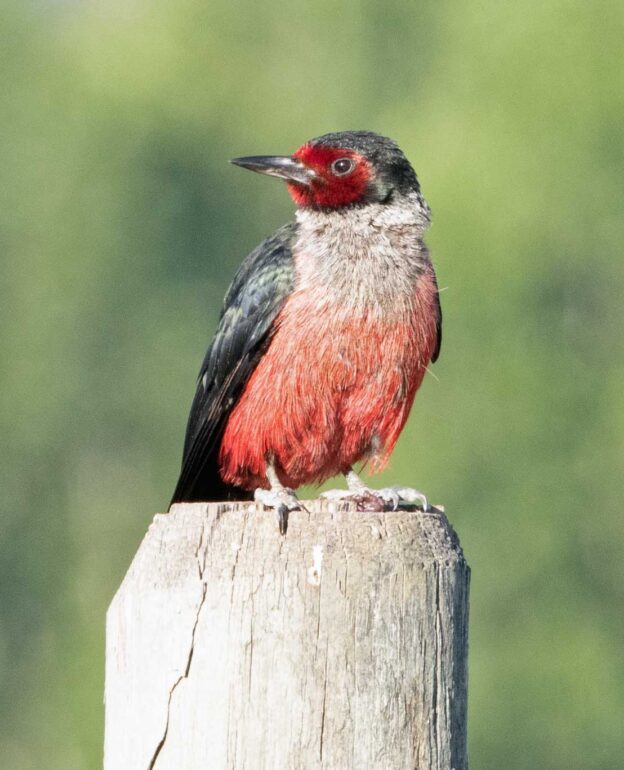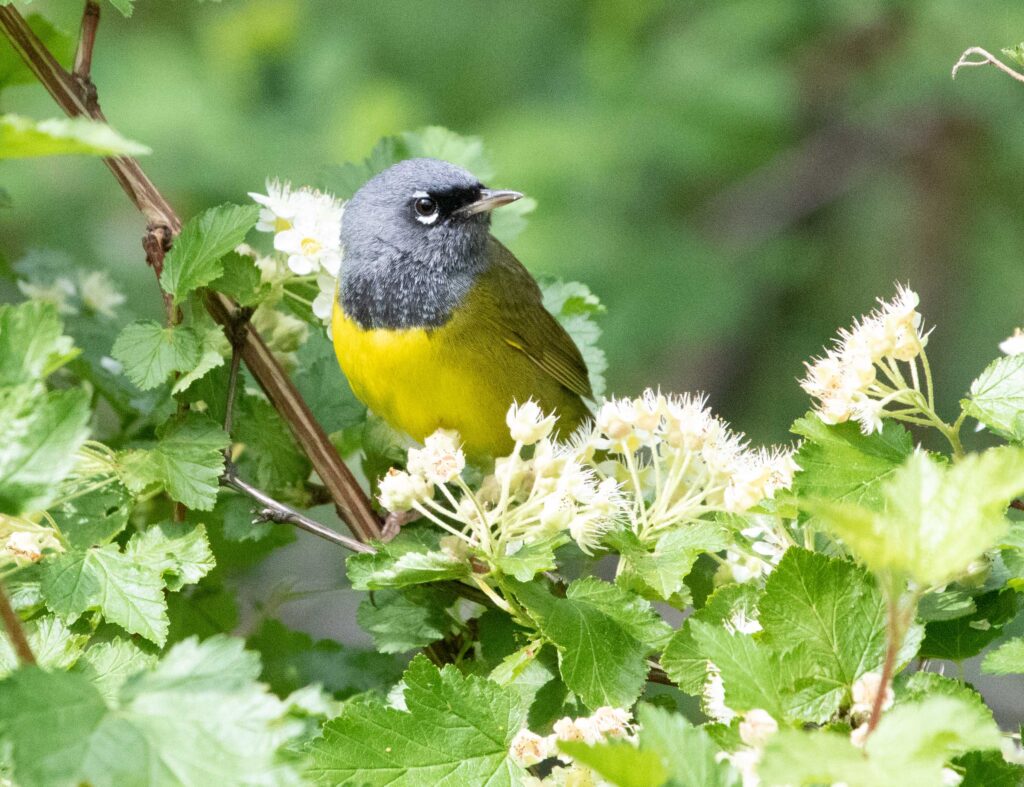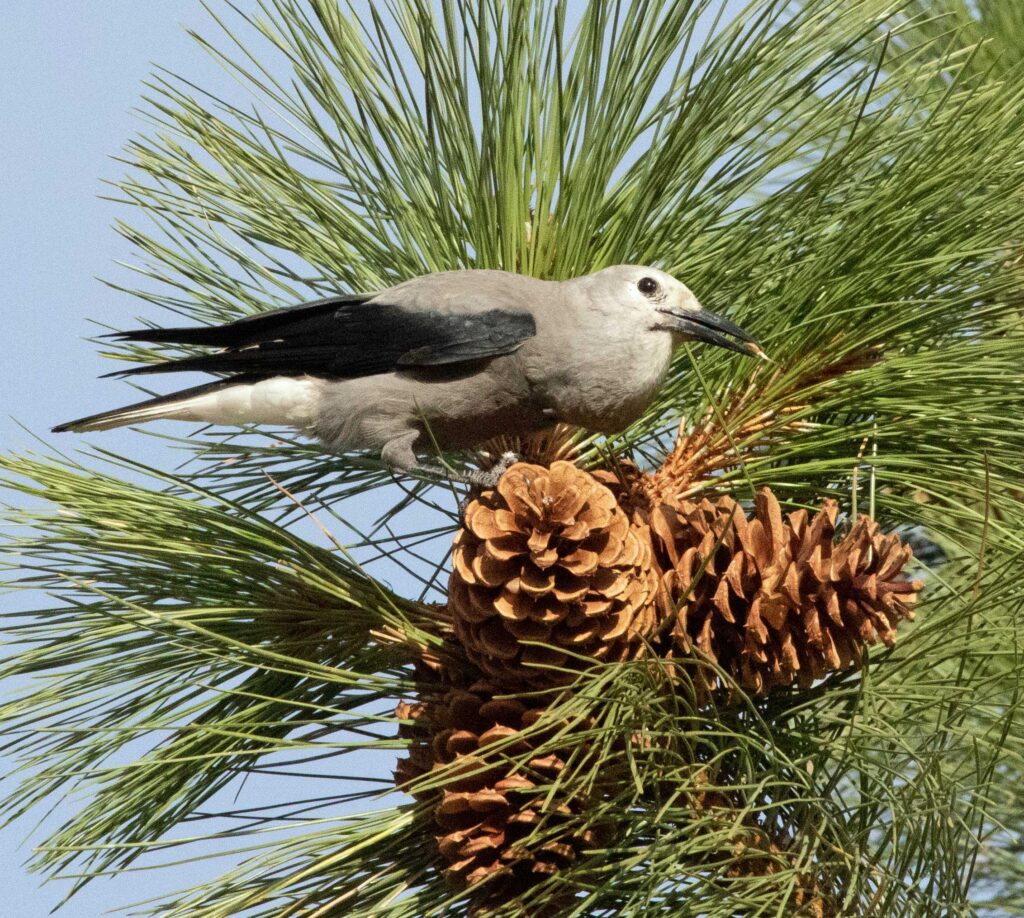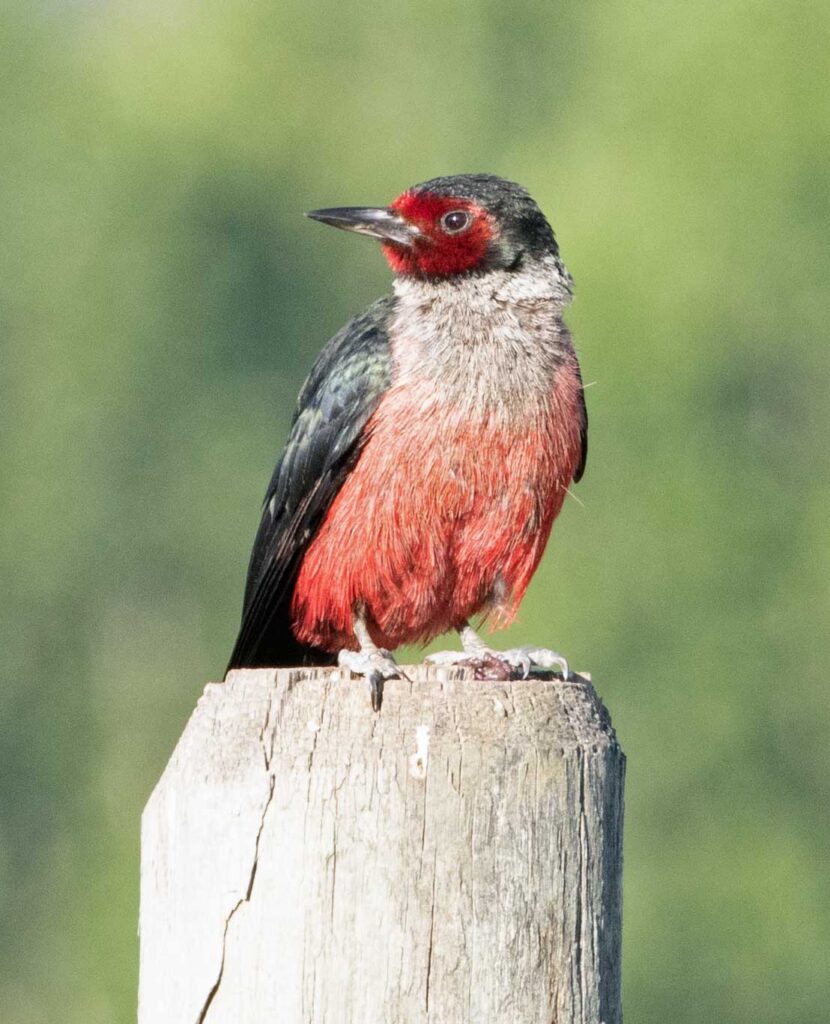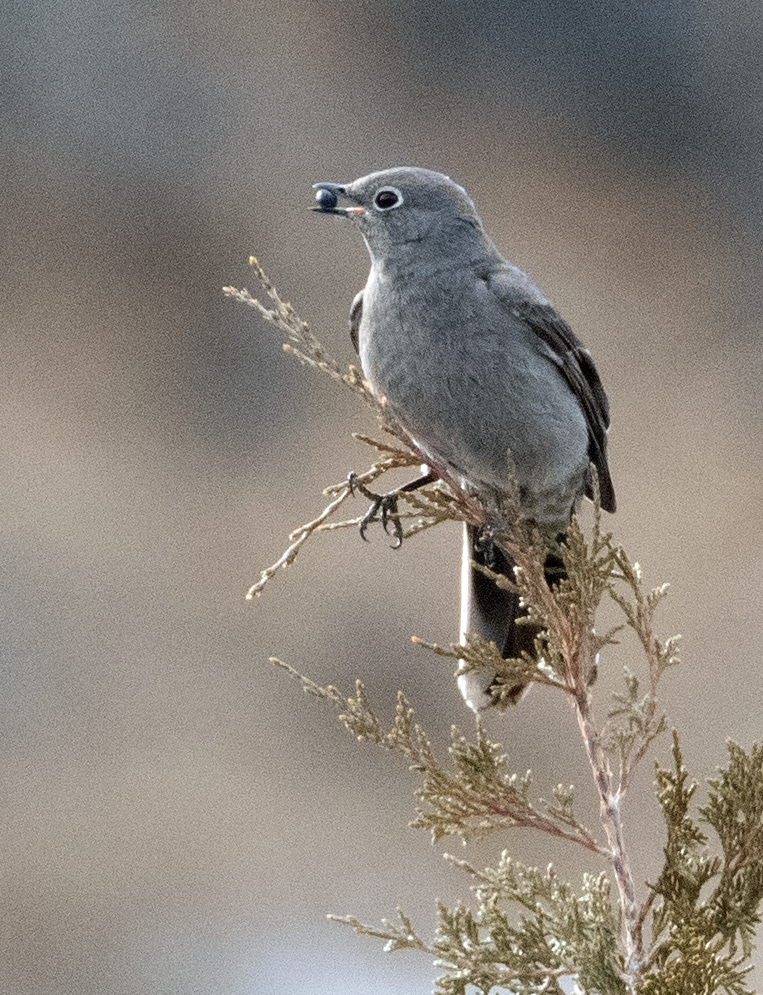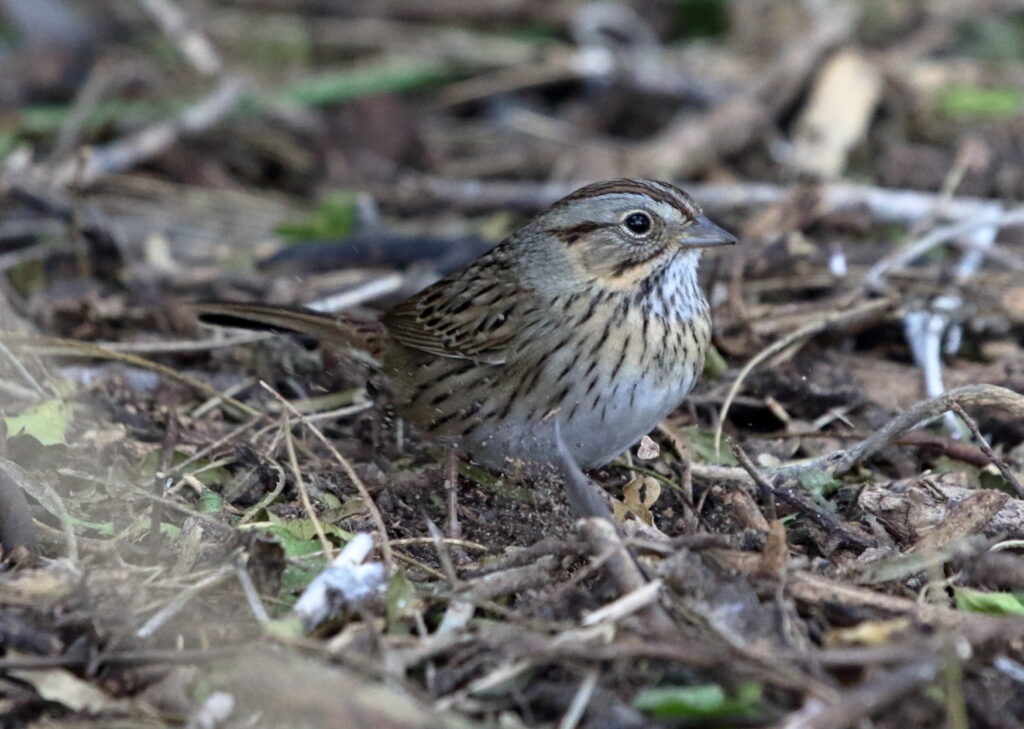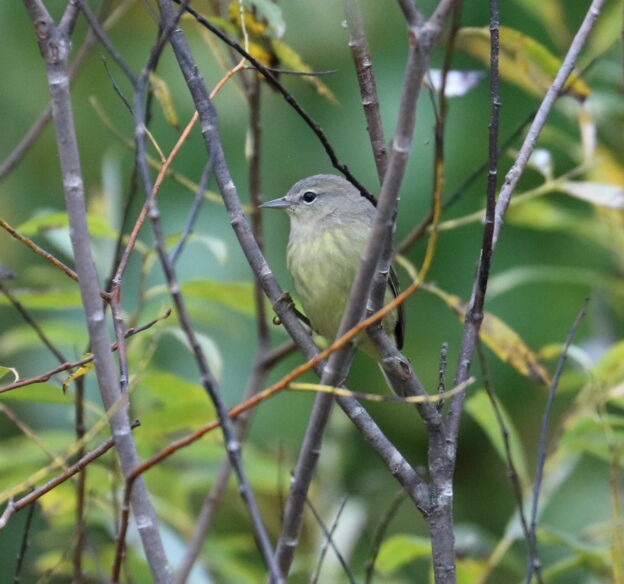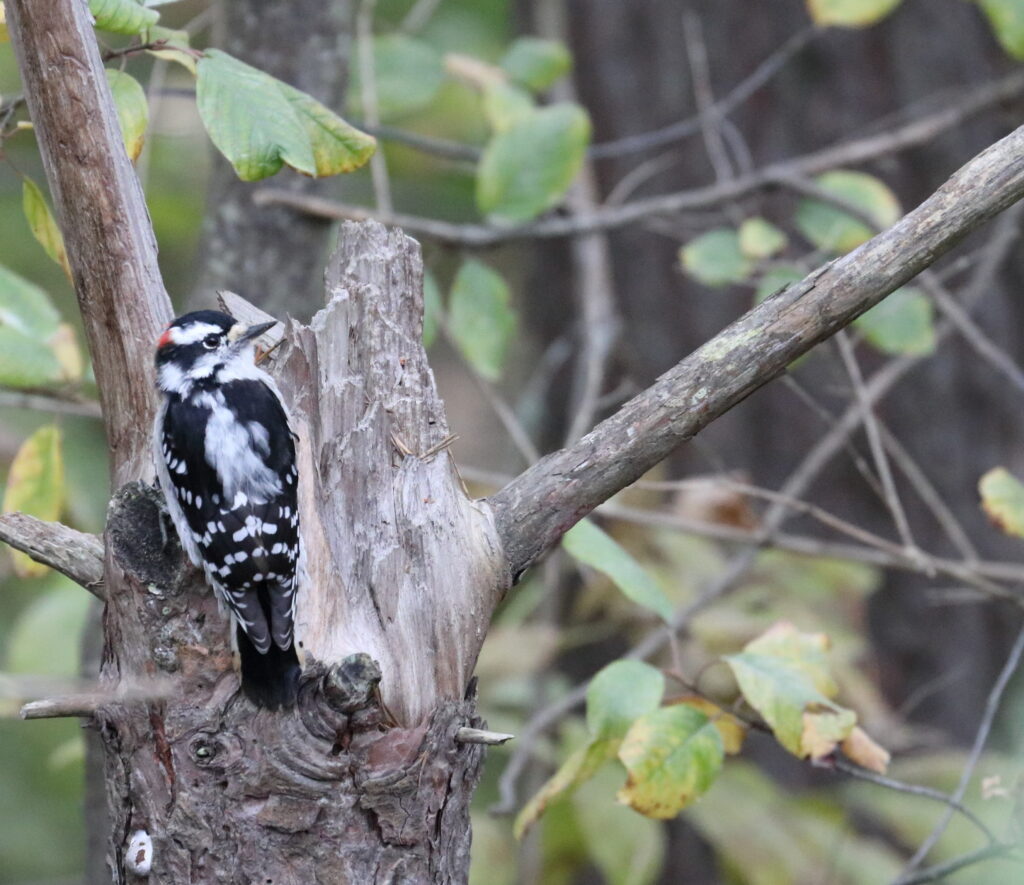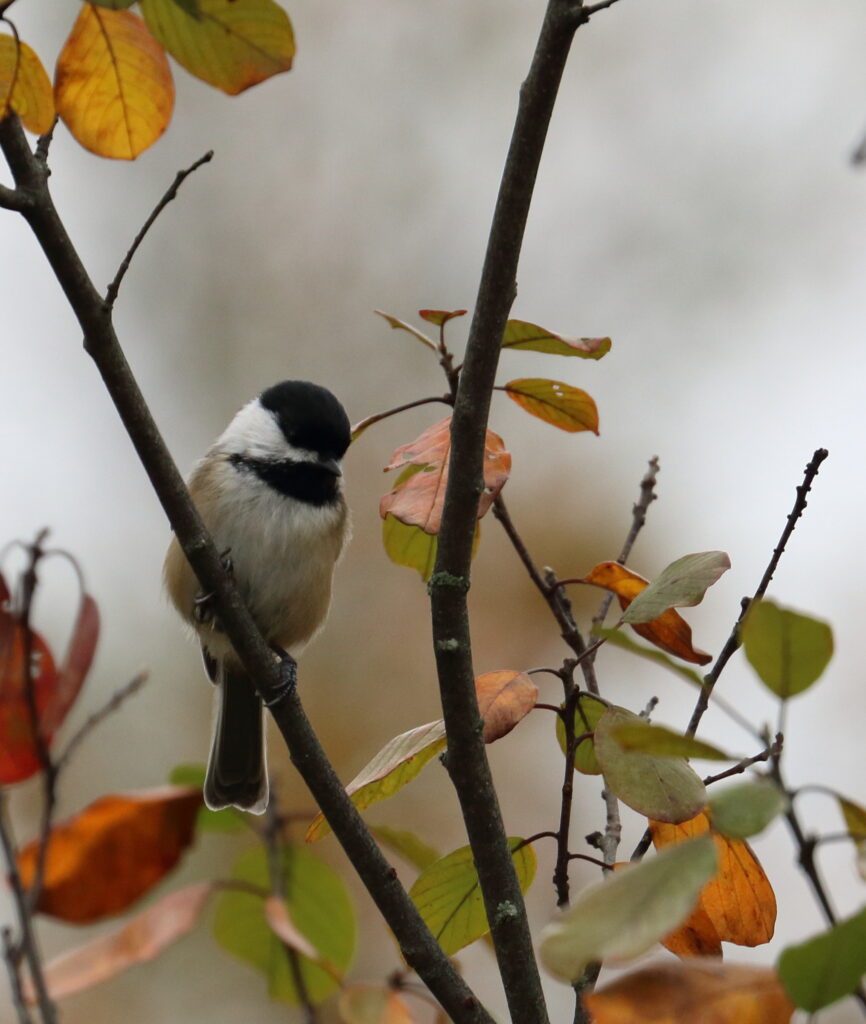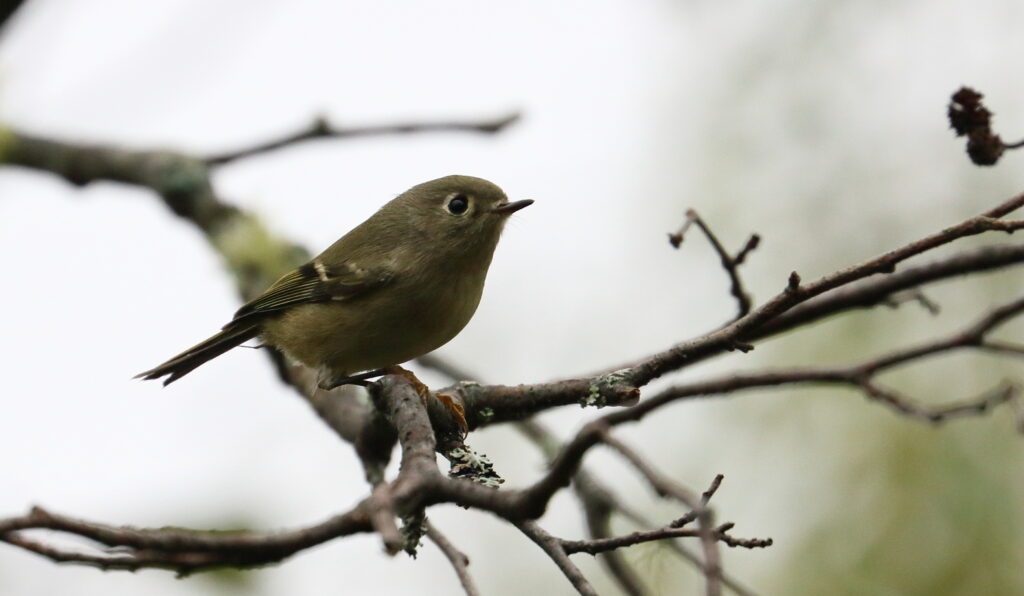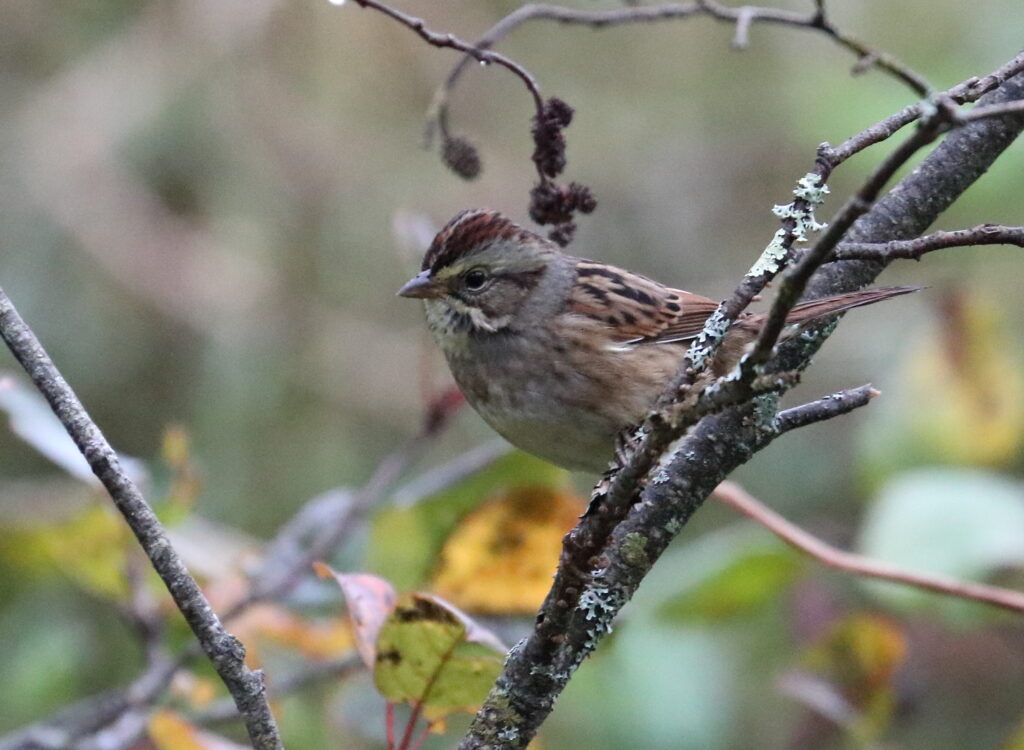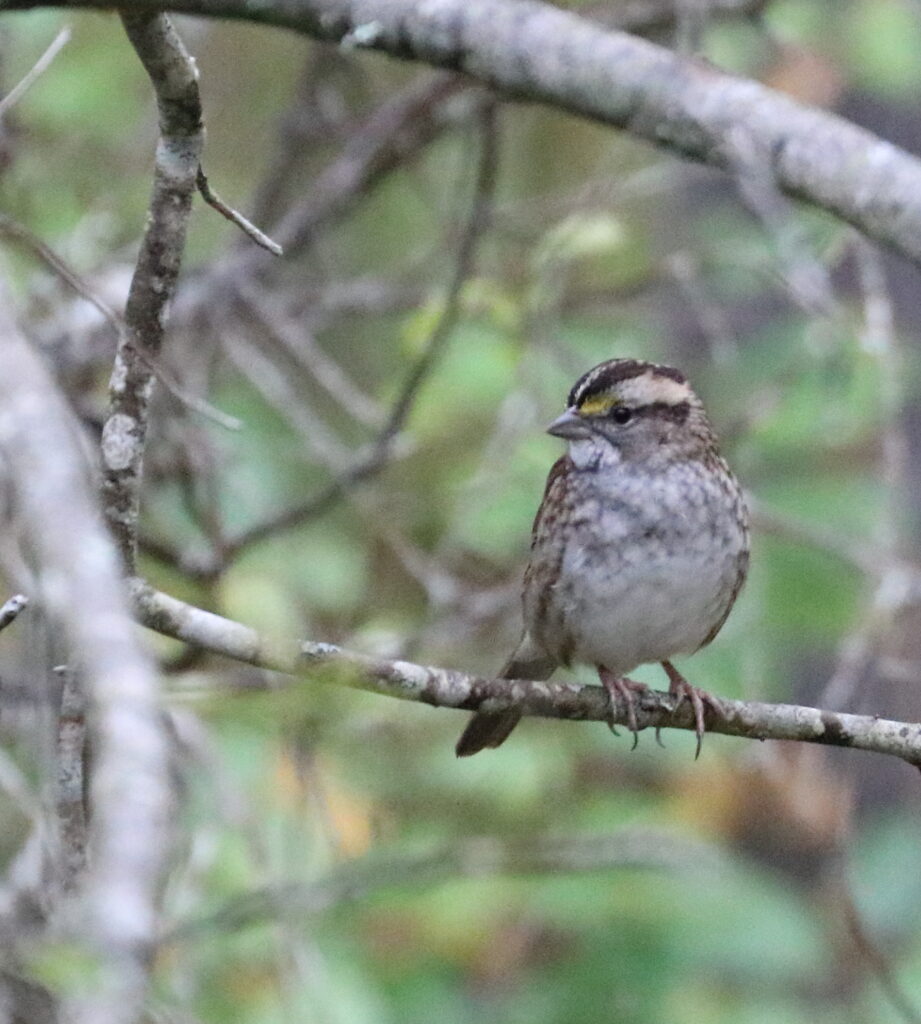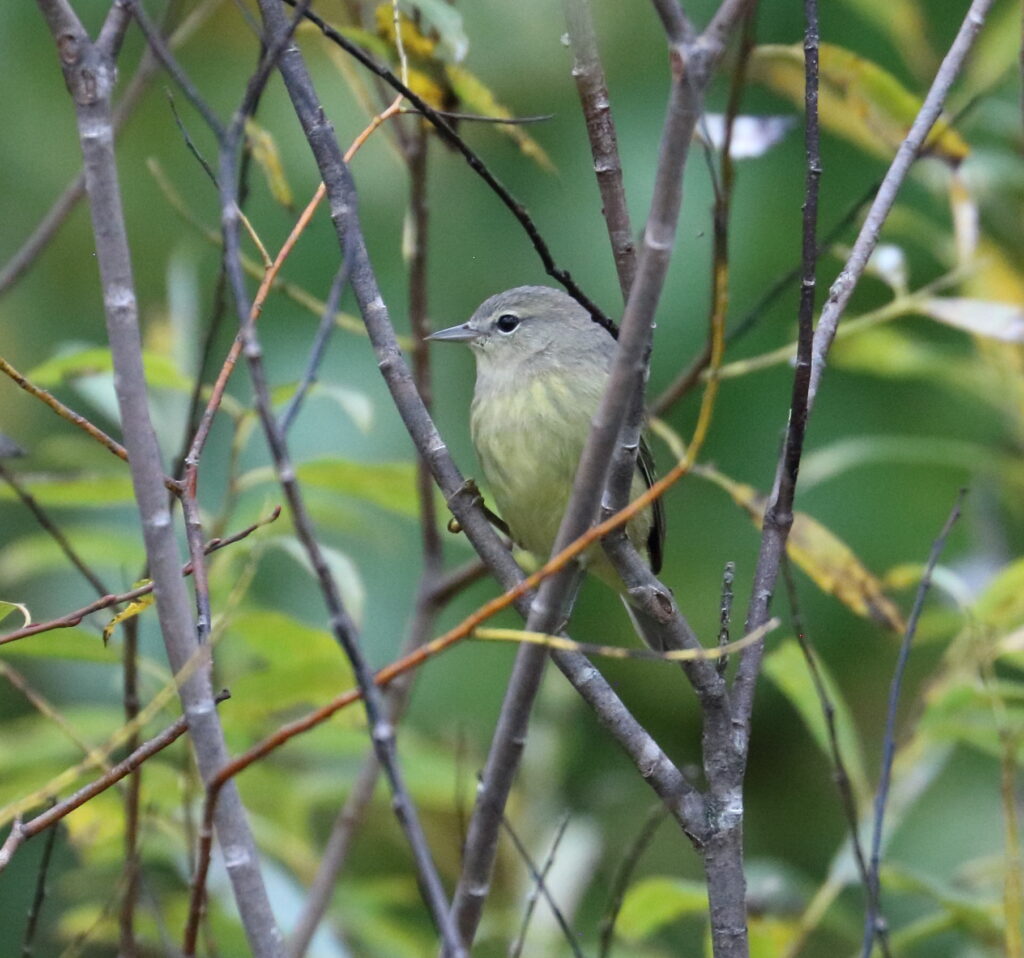We are pleased to present our sixth installment of our 2024 Eastern Montana Odyssey. Here, we leave the “interstate less traveled” and push into the brand new birding territory of southeastern Montana. We experience delightful new towns and vistas, and a wealth of surprising birds. We also keep knocking off new counties, drawing closer to completing our Montana eBird map. If you are enjoying these episodes, please share them with your birding friends and consider supporting our efforts by buying a *NEW* copy or two of one of Sneed’s books on the right.
Leaving Glendive, Braden and I had our work cut out for us. Not only would we be birding the southeast corner of the state for the very first time, this might be our only chance to nail down the last six Montana counties we needed to complete our eBird birding map! We had started the trip needing seven counties, and picked up one a few days before (see our post “Big Surprise on the Way to Plentywood”). Today, we planned to conquer Prairie, Wibaux, Fallon, and Carter Counties—and it would take some effort.
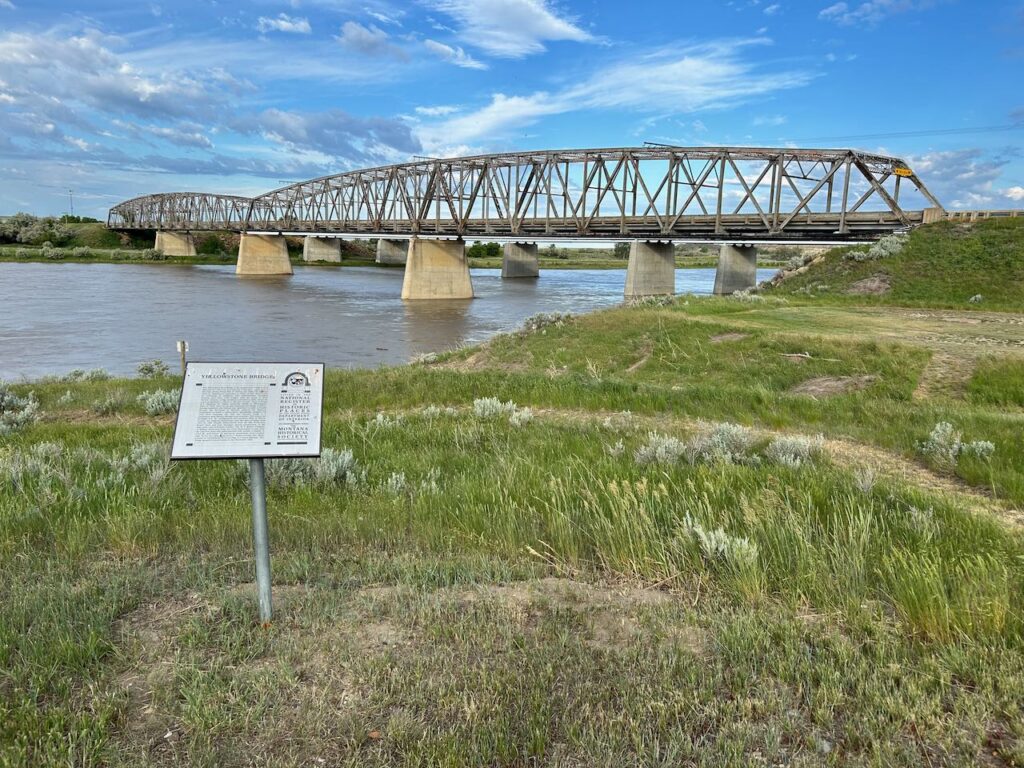
First up? Prairie County which, unfortunately, didn’t sit anywhere on our way to or from someplace else we wanted to go. Before heading down to the southeast corner of Montana, therefore, we zoomed about twenty miles west down Interstate 94. Entering Prairie County, we spotted Western Meadowlark, Mourning Dove, and Cliff Swallow along the highway and we could have technically just turned around at that point. Braden and I decided, however, that to make our county map more meaningful we had to find at least ten, count ‘em, TEN species in each of our last seven counties. In Prairie County, we accomplished this with a stop at Fallon Bridge. Apparently, this also is a place to see Least Terns (see our last post), but we didn’t know that. Instead, we just got out and spent a few minutes enjoying what was there, including American White Pelican, more than fifty Cliff Swallows, a Lark Sparrow, and our County Bird of Prairie County, Brown Thrasher.
We raced back east on the interstate, past Glendive, to our main Wibaux County destination, the Wibaux Fish Pond. Here, we saw a satisfying 17 species including our County Bird of Wibaux County, Orchard Oriole. By this time our stomachs were complaining loudly about how we prioritized birding over eating. Fortunately, Wibaux is home to a wonderful little diner, the Palace Café. We stuffed ourselves on a scrumptious fat-and-protein-filled breakfast and emerged prepared to continue our vigorous Montana counties campaign.

Next stop: Lake Baker in the town of Baker, Fallon County. We were both somewhat surprised to find a giant lake in the middle of the town. True, it was pretty developed, but we spotted nice surprises here including Eared Grebes, Western Grebes, and the star of our Fallon County lists, a Common Loon!
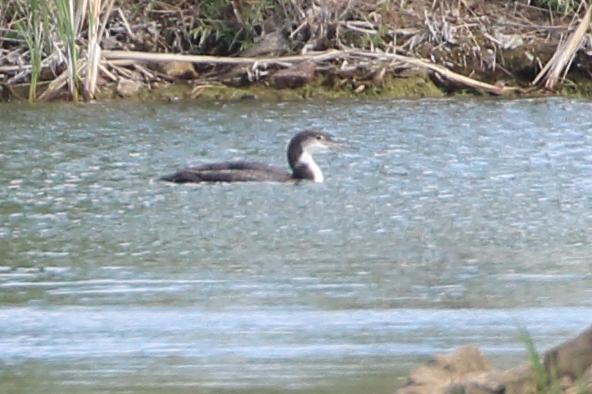
From Baker, it was on to Carter County, and here we settled into some more serious birding with a hike through the spectacular Medicine Rocks State Park. The fantastic, hoodoo-style rocks at Medicine Rocks were sculpted by wind and rain from soft inland sea sandstone. Not surprisingly, when humans came along the rocks assumed important sacred and cultural significance for native peoples and a fair share of interest from early white settlers.
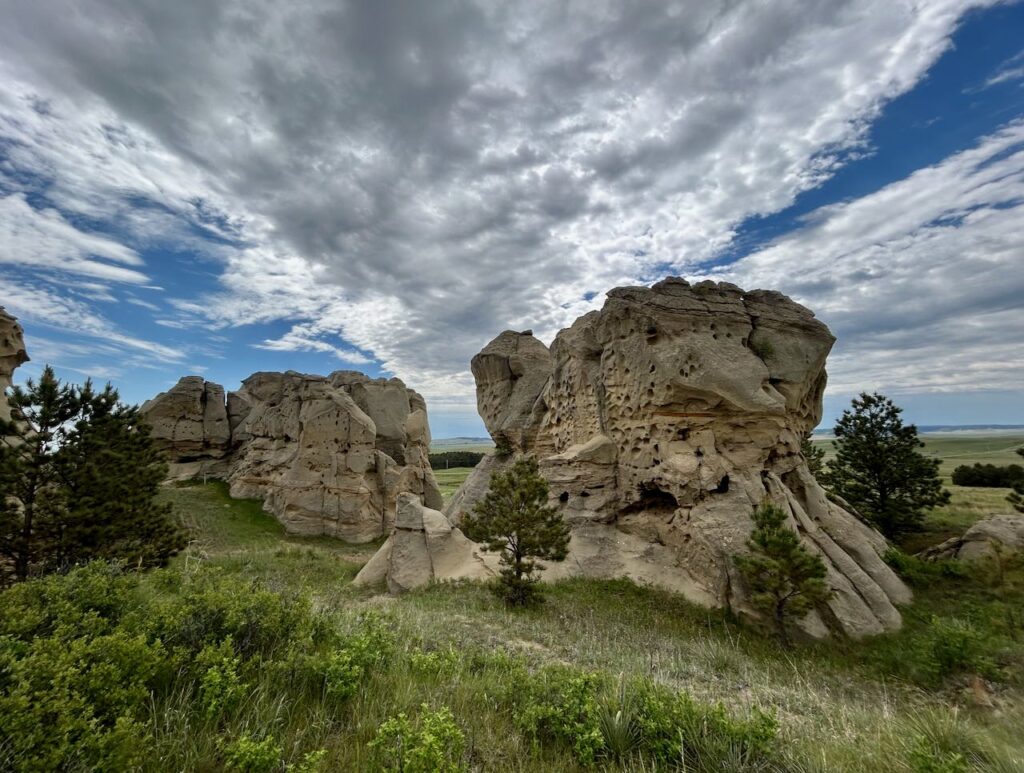
It was at Medicine Rocks that we spotted one of the birds we had most wanted to see on the entire trip. After walking a mile or so through the rocks, we connected with the pine tree-lined dirt road back to our car. As we walked, we caught a glimpse of a medium-sized bird that flashed white as it was flying away. “Red-headed Woodpecker!” Braden shouted. We didn’t get great looks, but never fear. This would not be the last RHWO we would see.
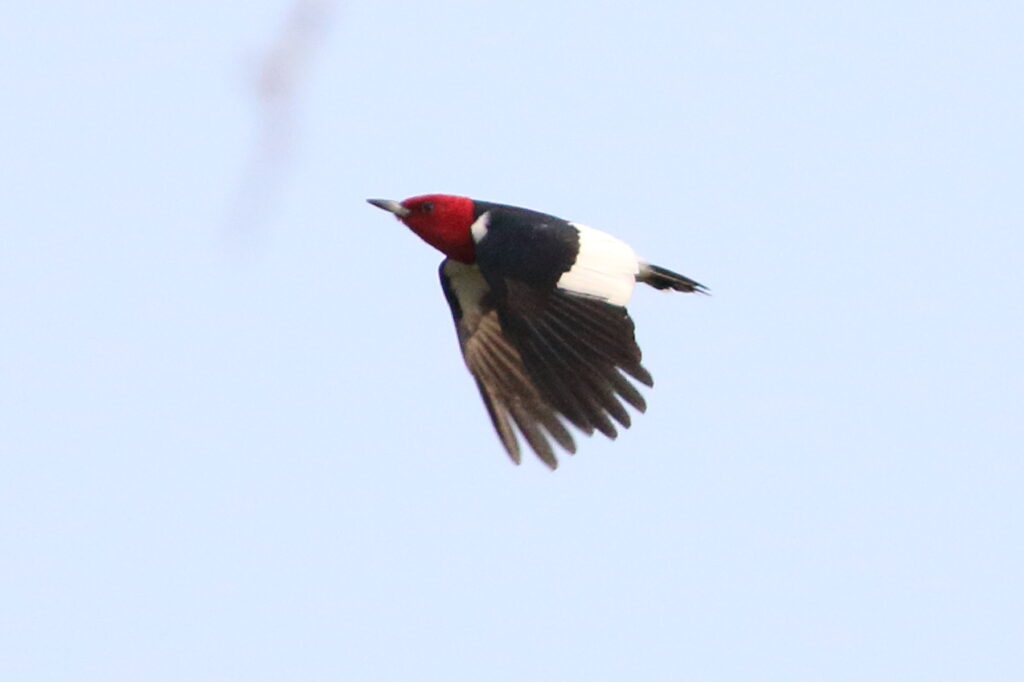
From Medicine Rocks, we made our way to our camping destination for the night, Ekalaka Park Campground. It was barely noon as we turned off on the dirt road into the higher hills south of Ekalaka, and we took our time, stopping to look at whatever cool birds we happened to encounter. Sure enough, we glimpsed two more RHWOs as they fled up and over a little hill. “Let’s follow them,” I said, steering up a little two-track up along a fence line. As we crested the rise, one of the woodpeckers was sitting on a fence post. It fled as I got out to try to photograph it, but meanwhile, Braden had sighted a surprise Montana life bird for us—Eastern Bluebird! Though almost identical to their Western counterparts, Easterns are easily distinguished by their red throats compared to the blue throats of WEBLs.

We continued to pick up great birds along the road: Yellow-breasted Chat, Lark Sparrow, Field Sparrows, and more Red-headed Woodpeckers. My favorite was our first ever really good look at a Plumbeous Vireo. We spent several minutes watching this handsome, “spectacled” bird. Alas, my camera was back in the car so we failed to get a photo of it. Some photos you just have to store in your brain!

We spent a delightful evening in Ekalaka Park Campground—the only campers there. The campground sits in a little bowl surrounded by dramatic cliffs and an older burned forest, making it the perfect habitat for Red-headed Woodpeckers. Sitting at our picnic table, we could hear and see woodpeckers all around us. Every once in a while, one would fly right through our camp. I made bean and cheese tacos and we settled in for our best camping experience of the trip.
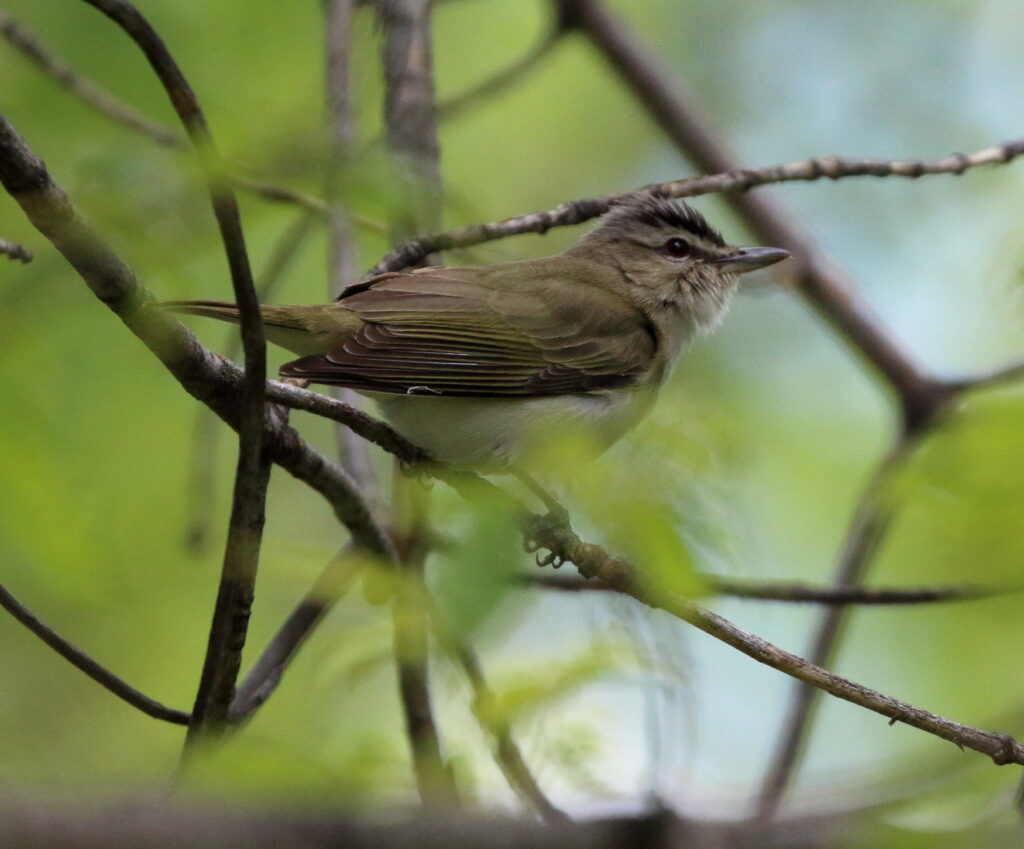
The woodpeckers weren’t the only show offs in camp. That evening, Common Poorwills lulled us to sleep. We also had some of our best experiences ever with Red-eyed Vireos. In fact, when I woke the next morning, it was to a REVI’s delightful song. After working my way out of my sleeping bag, I climbed a nearby hill into the burned forest and picked a log to perch on. The air was cool and fresh, and woodpeckers flew from one snag to another. Sitting there, I felt very grateful for life, and that Braden and I could share the wonders of Montana birdlife together.


